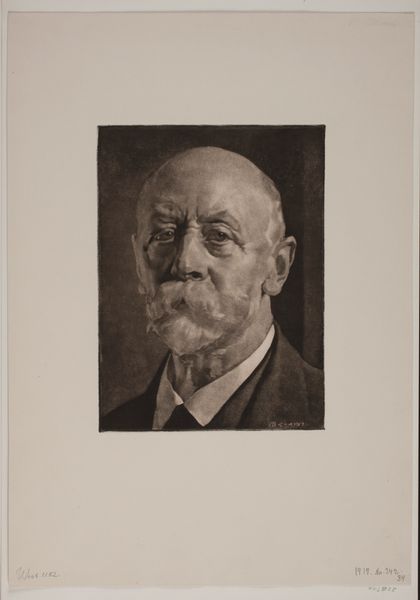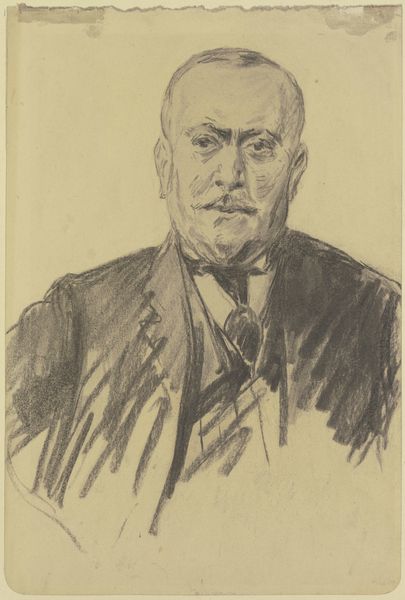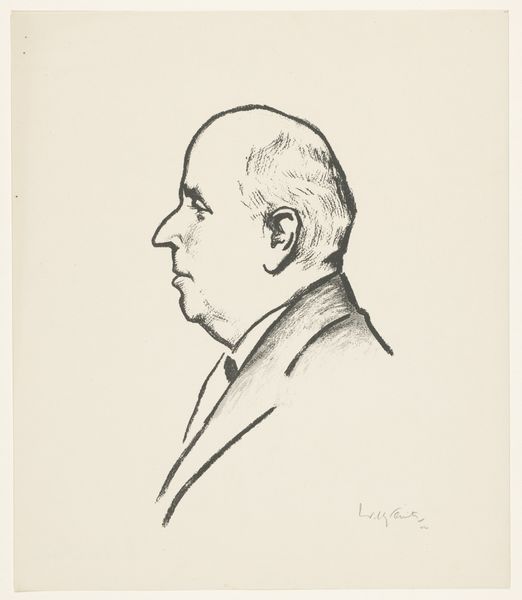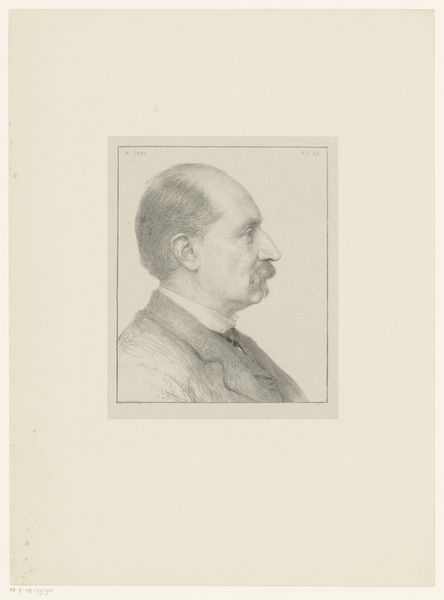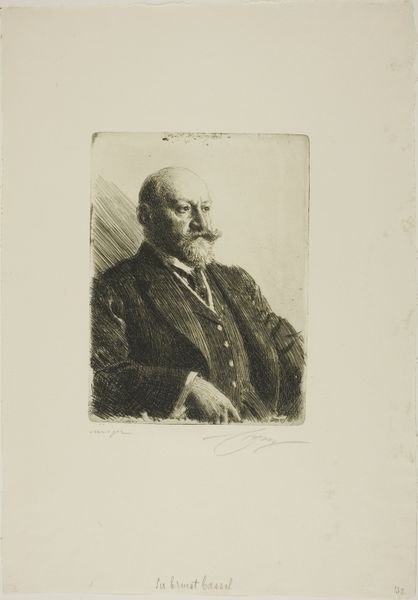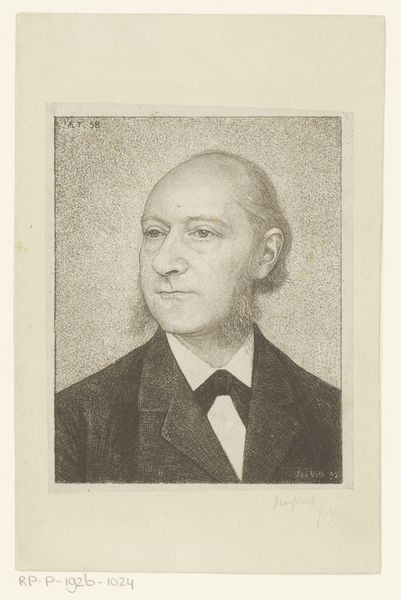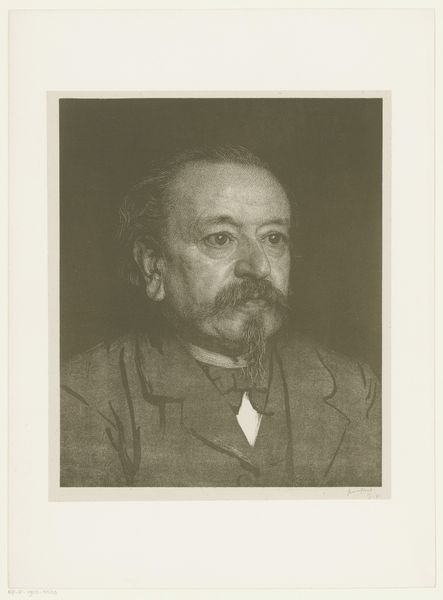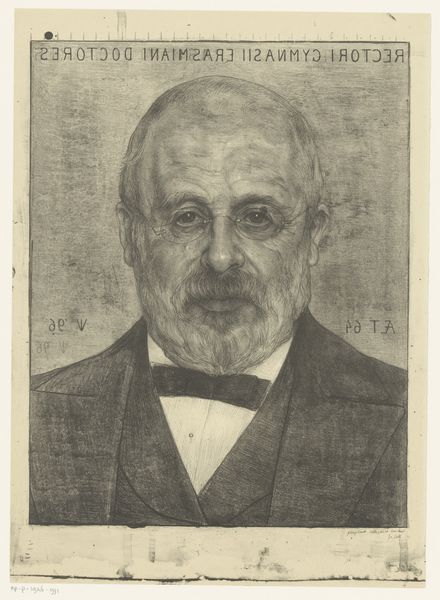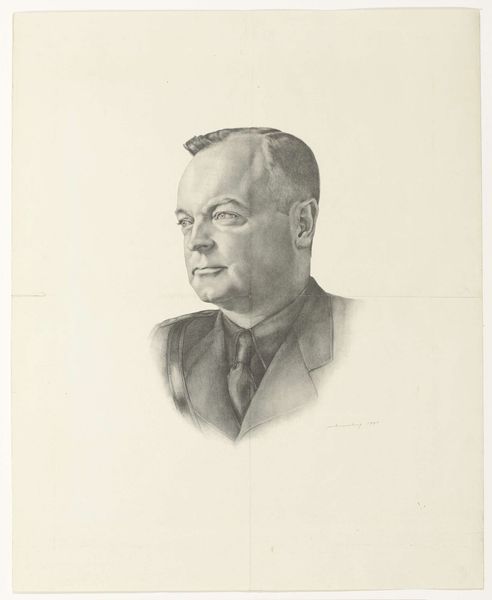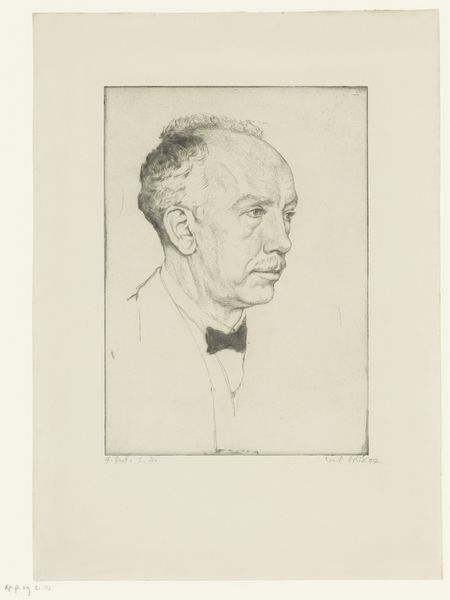
Copyright: Public Domain
Curator: Here we have an albumen print by Fratelli Alinari, dating from approximately 1870 to 1880. The artwork, residing here at the Städel Museum, is entitled "Florence, Corridor of the Galleria degli Uffizi". Editor: My first thought? It feels like stepping into a bygone era. The sepia tones give it that old-world charm, like rummaging through a dusty attic and stumbling upon a hidden treasure. Curator: Indeed. Note how the light falls, the play of shadows accentuating the architectural details of the Uffizi corridor. The linear perspective draws the eye, creating a sense of depth and grandeur. Semiotically, it speaks of history, culture, and the enduring legacy of art. Editor: You're right, there is this sense of theatricality; the composition is so meticulously staged, like a photograph attempting to rival a painting, striving for a level of precision and permanence. I wonder what the people milling about actually felt in that precise moment, frozen in time for the camera’s gaze? Curator: Consider the very materiality of the albumen print. The process involved coating paper with egg white, creating a smooth surface for the photographic emulsion. This meticulous craft highlights photography as both an art and a science. Editor: It is quite beautiful, this intersection of the meticulous with the organic. Thinking of the architecture, it makes you want to walk right into the picture plane. Imagine wandering these halls, encountering masterpieces at every turn...It must have been so overwhelming to stand inside it! It’s the same effect looking at this now! Curator: Precisely. The photograph serves as both a historical document and an artistic interpretation, blurring the lines between representation and reality. We witness an early form of what would later become established photography in an era just getting used to mass-production! Editor: In conclusion, looking at Alinari’s composition, it gives us permission to enter into a dialog with the past, inviting one to contemplate one’s place amidst history. A lovely little peepshow if you ask me! Curator: A powerful observation, connecting us across time to this singular moment encapsulated forever on this marvelous photographic print.
Comments
stadelmuseum about 2 years ago
⋮
Along with Venice, Rome, and Naples, Florence also made a name for itself as an important centre for photographyin Italy. It was there that Leopoldo Alinari, who had trained as an engraver, set up his own business in 1852. Two years later his brothers Romualdo and Giuseppe founded a photo studio. In addition to portraits, the Alinari offered views of the city’s famous monuments which they sold primarily to tourists. In 1859, they came to international fame with reproductions of drawings by Raphael in photographs of “high artistic value”, as the Photographisches Journal reported. From that time forward, photographic reproductions of artworks, for example from the Uffizi, were a permanent feature of the family company’s product range. Still in existence today, the Alinari Archive is a unique document of Italian art and architecture.
Join the conversation
Join millions of artists and users on Artera today and experience the ultimate creative platform.
